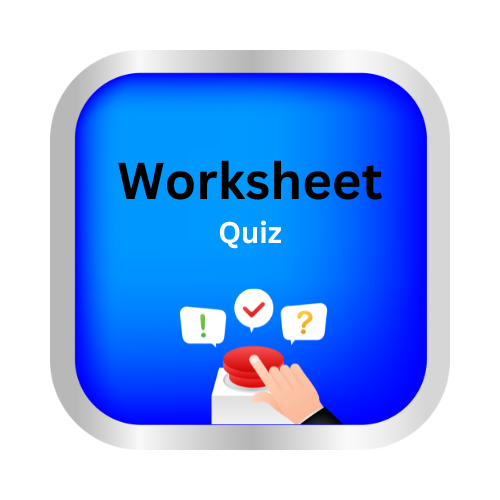Pulley

Key Notes:
1. Definition: A pulley is a simple machine that consists of a wheel with a groove around its edge and a rope or chain that runs over the wheel.
2. Types of Pulleys:
– Fixed Pulley: It is attached to a stationary object, and it changes the direction of the force.
– Movable Pulley: It is attached to the object being moved and reduces the effort needed to lift the object.
– Block and Tackle: This is a combination of fixed and movable pulleys that can be used to lift heavy objects with less effort.
3. How Pulleys Work: When you pull down on one side of the rope, the object on the other side is lifted. Pulleys make it easier to lift heavy objects by allowing you to change the direction of the force needed.
4. Applications:
– Pulleys are used in construction to lift heavy building materials.
– They are used in flagpoles to raise and lower flags.
– Pulleys are used in blinds to raise and lower them.
– They can be found in exercise equipment, like weight machines.
5. Advantages:
– Pulleys make it easier to lift heavy objects.
– They allow you to apply a force in a different direction.
– Pulleys are simple and efficient machines.
6. Examples in Daily Life:
– Opening and closing curtains or blinds.
– Using a well bucket to draw water from a deep well.
– Using a pulley system to lift a bicycle onto a ceiling rack.
– Raising the sails on a sailboat.
7. Real-Life Engineering: Engineers use pulley systems in various applications, including cranes in construction, elevators in buildings, and even in the systems that raise and lower the stage curtains in theaters.
8. Experiments: Students can learn about pulleys through simple experiments, like creating a pulley system to lift objects or changing the number of pulleys to see how it affects the effort needed.
9. Safety: When using pulleys, it’s important to use them safely and make sure they are in good working condition to prevent accidents.
10. Fun Fact: The more pulleys you add to a system, the easier it is to lift a heavy object. This is due to the mechanical advantage of pulleys.
Let’s practice!

